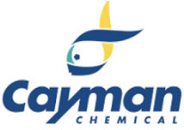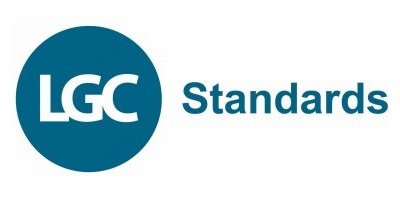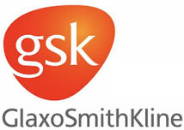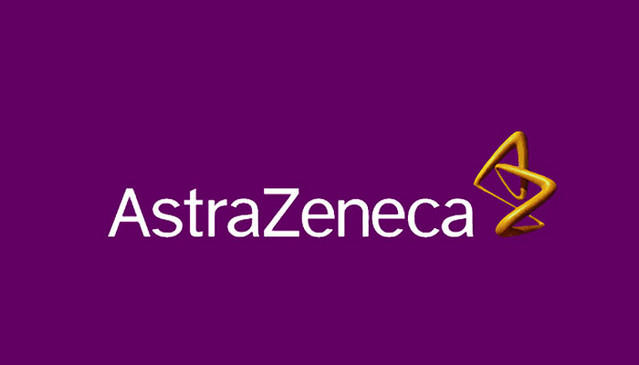Drug Abuse

Drug abuse potential
The FDA and EMA require CNS penetrant drug candidates to be assessed for abuse potential. Part of this is the assessment includes the chemical similarity to known drugs of abuse. Using our expertise and extensive database of controlled substances, controlled and abuse liable chemical space and industry leading tools we are able to quantitively asses whether your candidate is chemically similar to known drugs of abuse - using data rather than opinion.
When combined with in vitro and early in vivo studies this has the potential to avoid the need for an extensive, costly and time consuming full pre-clinical abuse liability package.
Key Features
A detailed report assessing the chemical similarity (or lack of) of your candidate to known scheduled drugs and chemical space with human abuse liability.
- Full methods, rationale and results, including all substances of abuse assessed included
- Rapid bespoke assessments and reports
- Non subjective – quantitative and reproducible
- Reports tailored to regulator or country FDA, EMA UK, Japan etc
- Check metabolites as well as parent compounds
- Highly curated and up to date data

Abuse Potential

Guidance from regulators
Both the EMA and FDAs guidance documents include sections on Drug Abuse Potential if a drug is a CNS penetrant or shows CNS activity. On page 22 of its guidance document, under section 15 - Non Clinical Abuse Liability, the EMA states that:
“For drugs that produce central nervous system activity, regardless of therapeutic indication, it should be considered whether or not an evaluation of abuse liability is warranted.”
It goes on to state: “These early indicators would typically be available before first human dose and include the PK/PD profile to identify the duration of action, similarity of chemical structure to known drugs of abuse, receptor binding profile, and behavioural/clinical signs from in vivo nonclinical studies. When no abuse potential is apparent from these early studies, extensive testing in nonclinical abuse liability models might not be warranted.”
As a full pre-clinical abuse liability package can take 1.5 to 2 years & cost $2M, successfully demonstrating lack of apparent abuse potential can lead to significant time and cost savings.

Meanwhile the FDA state
The content of the drug abuse potential section of an NDA typically includes (or cross-references) complete study protocols and all primary abuse-related data from the following:
1. Chemistry studies
2. Receptor-ligand binding studies and functional (second messenger) studies
3. Pharmacokinetic studies in animals and humans
4. Abuse–related studies in animals: a) General behavioral observations from safety pharmacology studies b) Drug discrimination study c) Self-administration study d) Physical dependence study
5. Abuse-related studies in humans: a) Human abuse potential (HAP) study b) Physical dependence study
6. Abuse-related AEs from clinical studies
7. Information related to overdose, both intentional and accidental, during clinical studies
8. Assessment of the incidence of abuse during clinical studies
(source Assessment of Abuse Potential of Drugs Guidance for Industry page 8).
Our assesments
As part of the FDA “Chemical Studies”, Scitegrity can quickly and cost effectively produce a Drug Abuse Potential, Chemical Similarity assessment to Schedules 1 to 5 controlled drugs within the United States of America.
For the EMA we are also able to offer a separate assessment of the similarity to known drugs of abuse as defined in the laws of several EU nations (narcotic, psychoactive and drugs of abuse legislation is primarily legislated for at the national level in the EU and diverges significantly from the USA). This assessment includes controlled drugs as defined by the laws in Austria, Belgium, Denmark, France, Finland, Germany, Ireland, Italy, Netherlands, Poland, Spain and Sweden.
We are also able to offer similar assessments for a number of other countries including the United Kingdom, Switzerland, Brazil and Canada.
Using our expertise and comprehensive data sets in controlled substances and chemical space we remove the subjective nature of assessing whether something is chemically ‘similar’ to known controlled substances, with data rather than opinion.
Alternatively, as part of our partnership with Develrx, we are also able to offer a more comprehensive regulatory submission service, incorporating Scitegrity’s expertise and data on drugs of abuse with Develrx’s expertise in CNS (central nervous system) drug discovery, development and regulatory submissions.
What our clients are saying

Director Research Informatics & Operations
LundBeck
Controlled Chemicals Lead
Big 10 Pharma CompanySteven Miller, Chief Scientific Officer
Catalyst Pharmaceuticals
Deputy Head of Research Products, BioSynth

Head of Compound Management
Boehringer Ingelheim
Lundbeck A/S
Safety Pharmacology
William Hapworth
President, Neuritek Therapeutics AGTrusted by our Clients











